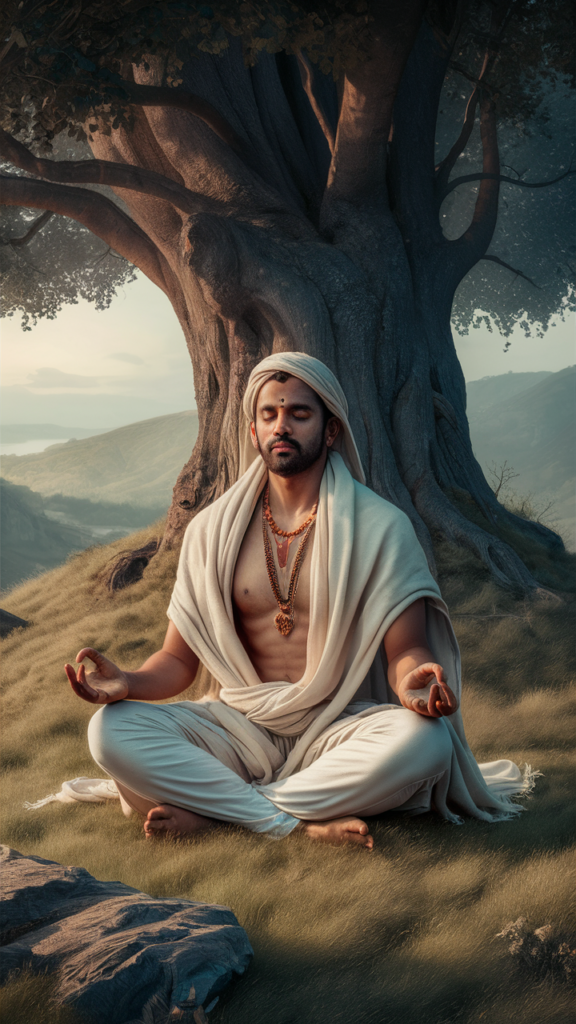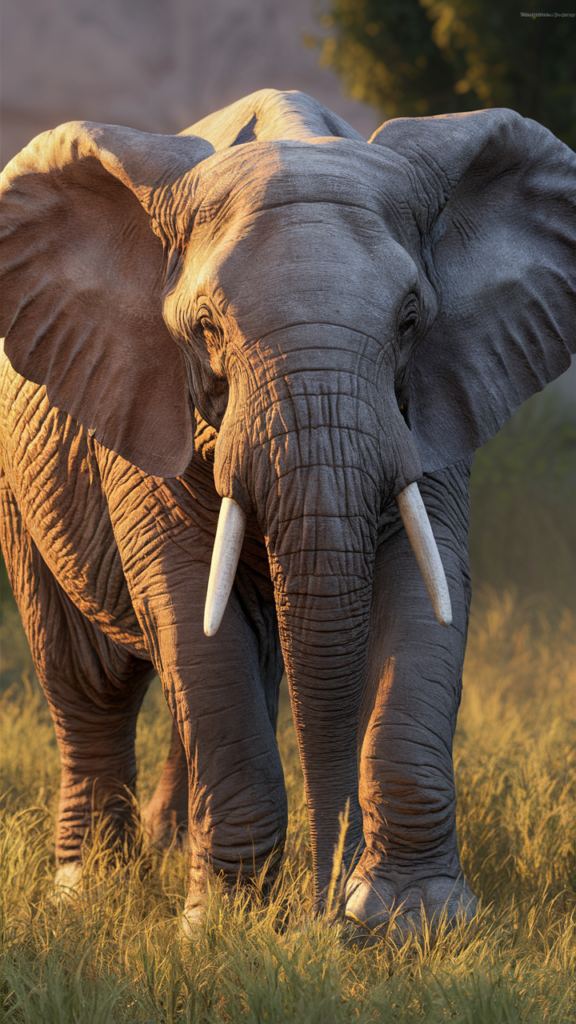India is a land of a thousand faces and a rich tapestry of cultures. From the hustle and bustle of Mumbai’s streets to the serene beauty of the Himalayas, every corner of this vast country tells a unique story.
On our many trips to India, we’ve gathered all the interesting tidbits. Read them below!
- Population: India is a subcontinent bursting at the seams with over 1.4 billion people. Every face, every street, tells its own story in this sea of humanity.
- Sports: Cricket isn’t just a game; it’s a national passion, a collective obsession. For five days straight, men and women can lose themselves in the mystique of a test match.
- Climate: From the sweltering heat in the south to the coolness of the north, India experiences a range of climates. The monsoon season, from June to September, is a symphony of thunder and lightning.
- Power Plugs: The power plugs are types C, D, and M. So you’ll need a travel adapter for India.
- Separatist Movements: In the shadow of this vibrant democracy, separatist movements like the Khalistan movement in Punjab simmer. Then there are the Naxalites, the Maoist militants active mainly in central and eastern India.
- Border Conflicts: On the fringes of India, conflicts with Pakistan and China over regions like Jammu and Kashmir, Ladakh, and Zanskar simmer. Borders drawn on maps that in reality flow and bleed.
- Poverty: The dark side of this giant nation is poverty. In 2004-2005, 27.5% of the population lived below the poverty line, more than 300 million people. Yet regions like the northwest and northeastern states suffer less under this burden.
- Caste System and Discrimination: India has the age-old caste system, discrimination against Dalits, overpopulation, poverty, and environmental pollution. These remain the dark clouds over the country.
- Meditation: From the depths of history comes Vipassana, one of the oldest meditation techniques, discovered by Buddha over 2,500 years ago.

- Tourism: Kovalam is a coastal town where three seas meet: the Indian Ocean, the Bay of Bengal, and the Arabian Sea. Here, fishermen spend hours pulling nets full of fish, crabs, and shrimp.
- Monsoon: India has three seasons: the cool season, the hot season, and the rainy season. Delhi receives about 640 mm of rain annually, while Darjeeling in the northeast gets up to 3,040 mm. In the Thar Desert, no more than 50 mm falls per year, a land of extremes.
- Kabaddi: India has won all five men’s Kabaddi World Cups and remained unbeaten in these tournaments. The Indian women’s team has also won all the Kabaddi World Cups so far. It’s a game of strength, strategy, and breath control, with players moving like shadows across the field.
- Water on the Moon: In September 2009, India’s ISRO Chandrayaan-1 discovered water on the moon with its Moon Mineralogy Mapper. A discovery that brought science fiction closer than ever.
- First Rocket: The first rocket in India was transported by bicycle to the Thumba Launch Station in Thiruvananthapuram, Kerala. An image that perfectly captures the technological modesty and pioneering spirit of the country.
- Elephant Spa: In Kerala, there is the Punnathoor Cotta Elephant Yard Rejuvenation Centre, a spa specially for elephants. Here these majestic animals receive baths, massages, and nutritious meals, a sign of respect and love for these giants.

- English Speaking: India is the second-largest English-speaking country in the world, with around 125 million English speakers. English serves as a bridge between the many languages and cultures of the country.
- Postal Network: India has the largest postal network in the world, with over 155,015 post offices, including a floating post office on Dal Lake in Srinagar. A network that connects even the most remote villages with the rest of the country.
- Mawsynram: The village of Mawsynram in Meghalaya receives the highest average annual rainfall in the world. A place where the rain continuously makes music on the leaves and roofs.
- Bandra Worli Sealink: The Bandra Worli Sealink in Mumbai contains steel wires equivalent to the circumference of the Earth.
- Chail Cricket Ground: The Chail Cricket Ground in Himachal Pradesh, at an altitude of 2,444 meters, is the highest cricket ground in the world. Here, matches are played amid clouds and mountains.
- Shampoo: The concept of washing hair with herbs, known as shampoo, originated in India. Derived from the Sanskrit word ‘champu’, meaning massage.
- Vegetarians: India has the largest number of vegetarians in the world, with 20-40% of the population not eating meat. A diet that has deep roots in culture and religion.
- Milk Production: India is the largest milk producer in the world, surpassing the European Union in 2014.
- Sugar: India was the first country to develop techniques for extracting and purifying sugar.
- Shakuntla Devi: Shakuntla Devi, known as the ‘human calculator’, could mentally solve complex calculations in seconds. Her genius was both a wonder and a mystery.
- Rabindranath Tagore: Rabindranath Tagore wrote the national anthems of both India (‘Jana Gana Mana’) and Bangladesh (‘Amar Sonar Bangla’).
- Varanasi: Varanasi is one of the oldest continuously inhabited places in the world, with a history of at least 5,000 years. A city where the past constantly talks to the present.
- Lonar Lake: The breathtaking Lonar Lake in Maharashtra was created about 52,000 years ago by a meteorite impact.
- Inventions: India introduced many concepts, including snakes and ladders, chess, buttons, algebra, trigonometry, and the number pi. Innovations that laid the foundations of knowledge and play.
- Bollywood: Bollywood is the largest film producer in the world, with 1,600-1,800 films annually, more than Hollywood and Nollywood. A dream factory that wins the hearts of millions.
- Railway Network: India has the largest railway network in the world, carrying about 23 million passengers daily.
- Outsourcing: India handles 67% of the world’s outsourcing work. A silent force behind the scenes of the global economy.
Do you know any more fun facts and trivia about India? Let us know!


